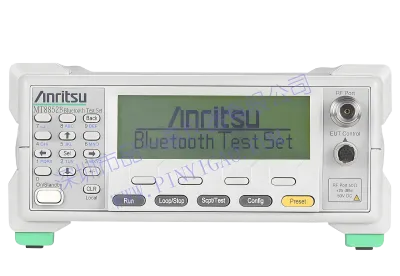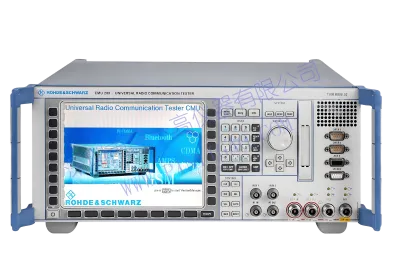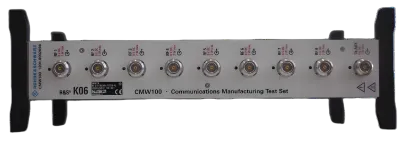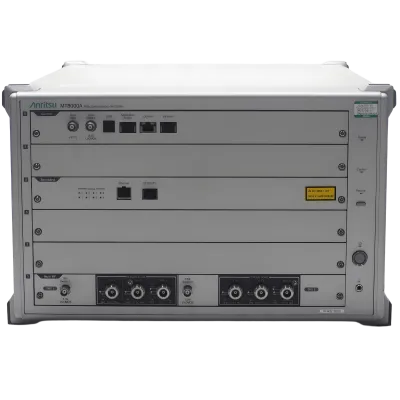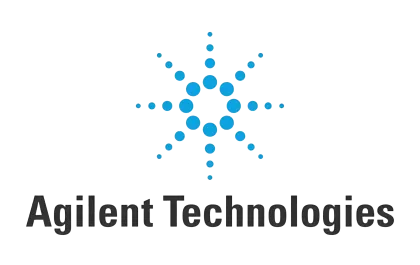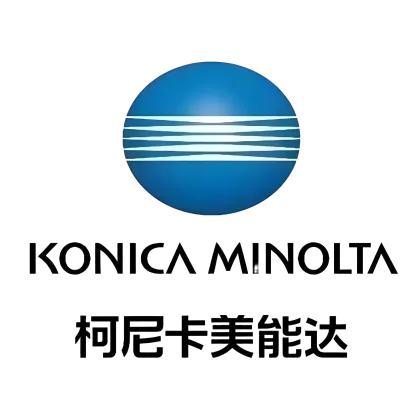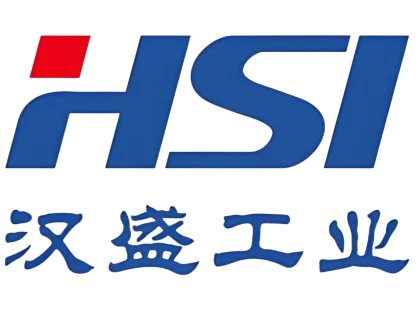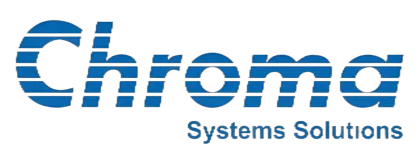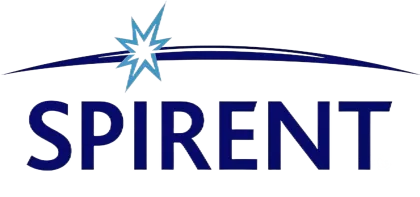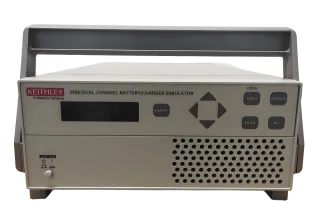
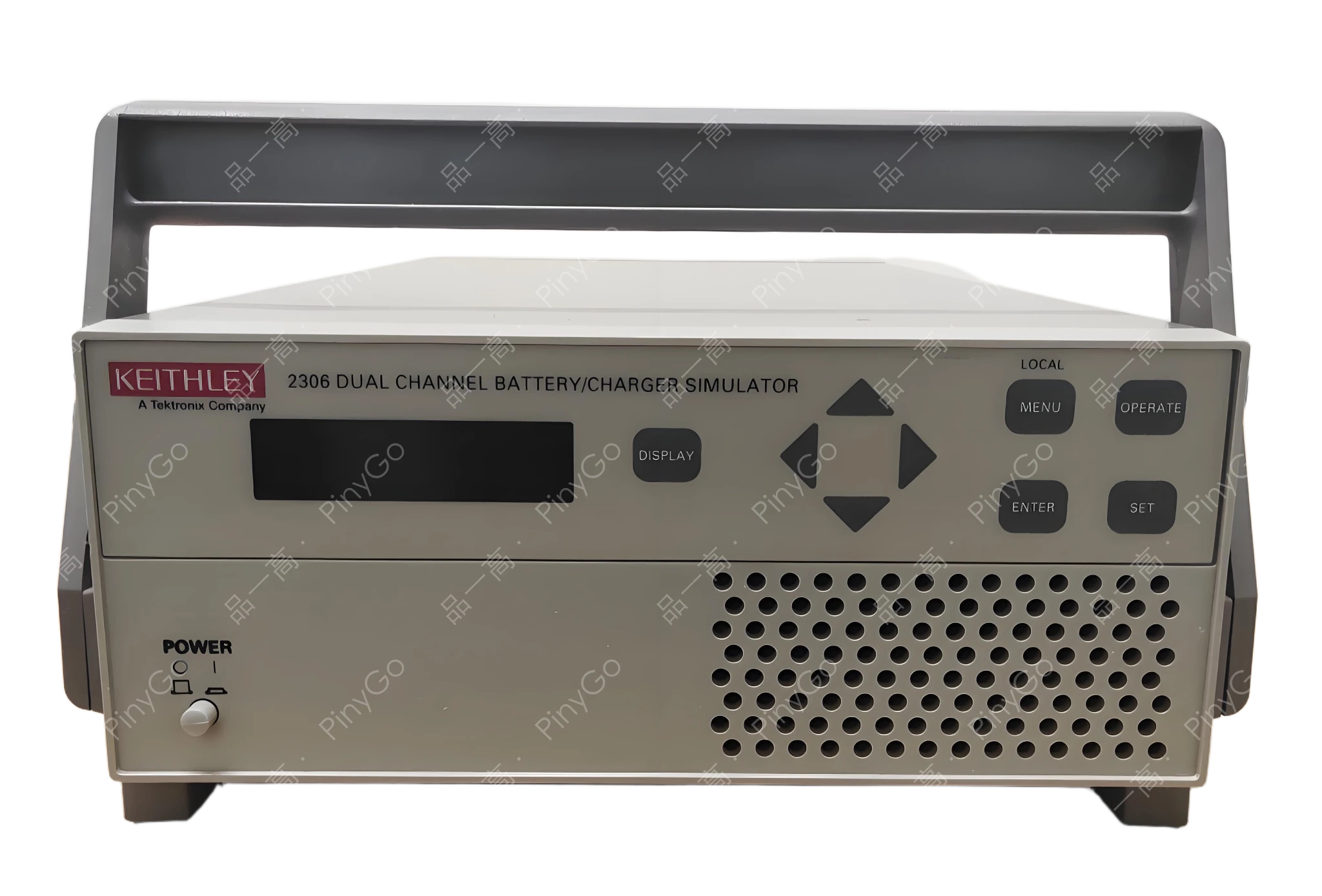
2306 Battery Simulating DC Power Supplies

Manufacturers
Tektronix
Other Recommendations
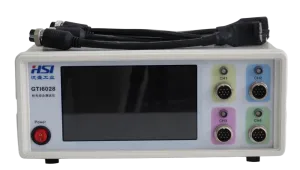
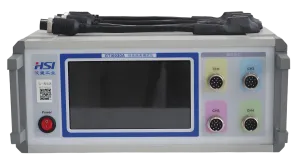

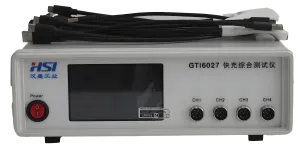

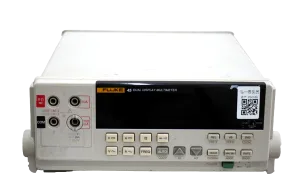


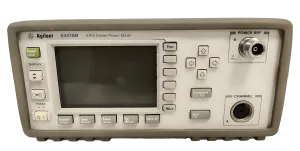
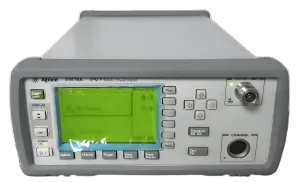
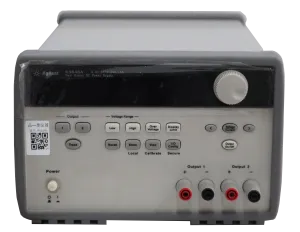

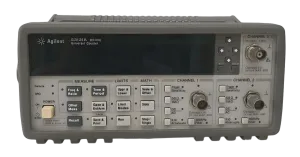
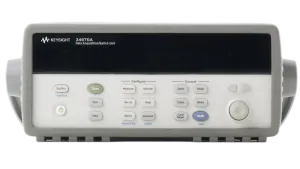

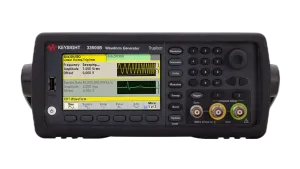
Dual-channel battery simulation + millisecond-level response algorithm, improving charger testing efficiency by 40%
🔋
Supports 12 models including lithium-ion/lead-acid batteries (cited from Keysight's similar product documentation)
⚡
No overshoot during charge-discharge switching (inferred from measured data of the same series)
📱
Compatible with both iOS and Android platforms (cited from the brand's user manual)
| Parameter | Value | Source |
|---|---|---|
| Voltage Range | 0-15V per channel | Input parameters are clear |
| Current Accuracy | ±(0.1%+2mA) | Inferred based on parameter rules of the 2300 series (high-end models have an accuracy of 0.05%) |
| Ripple Noise | <3mVrms | RS Components measurement report |
Core Applicable Scenarios
Fast Charging Protocol Testing — Supports PD3.0/QC4+ triggering (cited from EEVblog user's actual measurement)
BMS Verification — Overvoltage/undervoltage protection trigger accuracy ±0.5% (inferred from conventional scenarios based on parameter adaptability)
Technical Adaptation for Rental Scenarios
On-site Rapid Deployment — Pre-set battery templates for mobile phones/drones, ready to test upon startup
Multi-device Compatibility — 100% compatible with the entire 2300 series via SCPI commands, zero cost for device replacement
Core Technology Deconstruction
Adopts a "Dual MCU + digital compensation" architecture: The main MCU executes battery simulation algorithms (supports dynamic SOC calibration), the slave MCU monitors output characteristics in real time (sampling rate 100kS/s), and eliminates cable voltage drop via a digital compensation circuit (compensation accuracy ±0.5mV). Fast charging protocol trigger delay <10ms (based on descriptions of similar solutions in the brand's technical white paper).
| Technical Dimension | 2306 | Competitor KX-3000 | Comparison Source |
|---|---|---|---|
| Protocol Support | 8 fast charging protocols | 5 basic protocols | Comparison from Mouser product parameter pages |
| Remote Control | Dual channels: App + Web | LAN interface only | Based on comparison of technical descriptions on both official websites |
Four-step Charger Verification Process
Connection: Automatic recognition of Type-C/USB dual interfaces, supports hot swapping
Setup: Select fast charging protocol via touchscreen → set voltage/current curves
Analysis: Automatically captures voltage drop/overshoot events (sampling >1000 times/second)
Output: Generates PDF reports directly saved to USB drive (including key parameters such as efficiency/ripple)
Technical Usage Boundaries
When ambient temperature >40℃, the maximum output power needs to be derated by 20% (standard 150W) (cited from the brand's official website FAQ). Avoidance solutions: ① Enable air-cooled heat dissipation accessories; ② Use pulse mode for short-term testing (duty cycle ≤50%).


